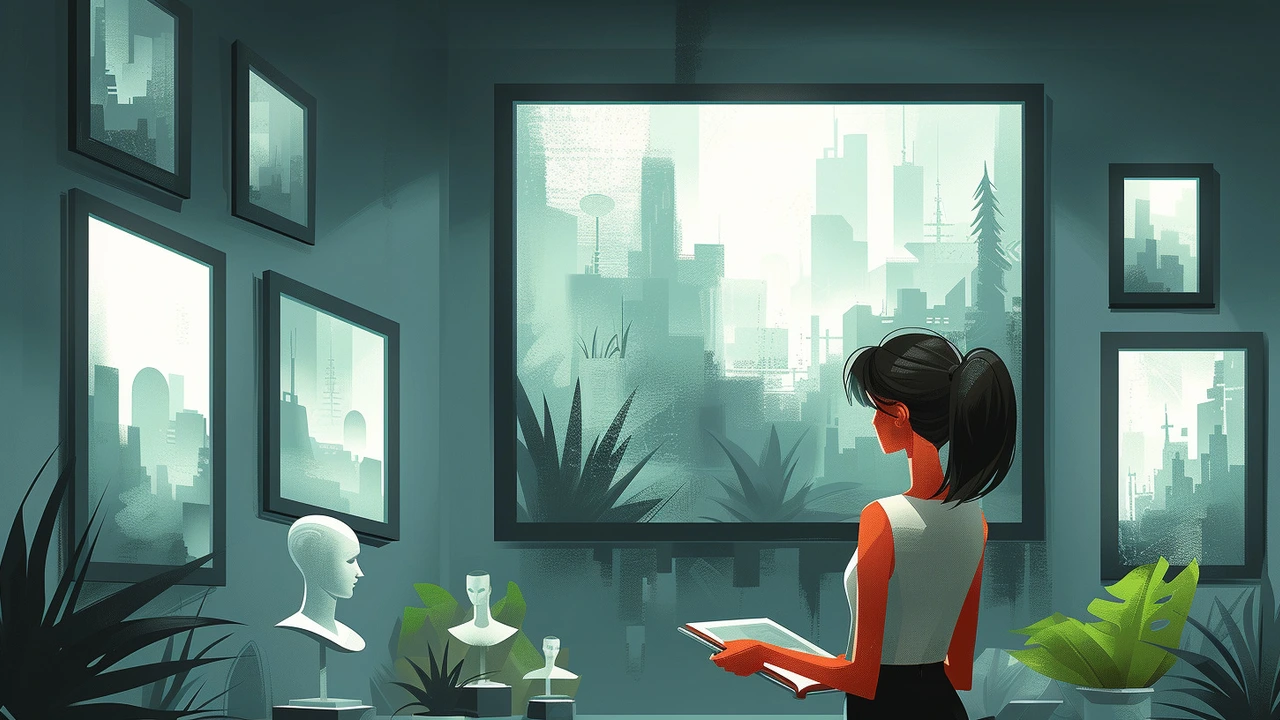So, buckle up folks, because we're about to dive into the wild ocean of design, and trust me, it's as thrilling as swimming with sharks, but without the risk! We're talking Bauhaus Style here, a design movement that, just like a blockbuster movie, took the world by storm! Imagine a rough and tough action hero, but in the world of design, that's Bauhaus for ya! This radical movement was the rebel of its time, breaking the shackles of traditional design and redefining the industry. In a nutshell, Bauhaus was the Elvis Presley of design, shaking up the ground beneath us and making us jive to a new tune!
Bauhaus Style: How It Shaped 20th Century Design
Bauhaus lasted just 14 years but rewired how we design buildings, furniture, and everyday objects. Founded in 1919 in Germany, it pushed simple forms, honest materials, and the idea that art and craft belong together. That sounds clean and obvious now, but at the time it felt radical.
The movement had clear rules: form follows function, remove ornament, and design for mass production. Designers used steel, glass, and plywood and favored geometric shapes—rectangles, cylinders, flat planes. Those choices created the crisp look we call Bauhaus: practical, bold, and unexpectedly warm.
How did Bauhaus spread so fast? The school trained architects, artists, and product designers who later taught, built, and opened studios around the world. Their chairs, lamps, and houses ended up in museums and modern homes alike. You probably own something influenced by Bauhaus—maybe a simple side table, a tubular-steel chair, or a sans-serif logo.
Spotting Bauhaus in the wild
Want to recognize Bauhaus on a walk or in a shop? Look for straight lines, minimal decoration, flat roofs, and large windows. In furniture, check for exposed metal frames and leather or canvas seats. Typography leans toward geometric sans-serif fonts; layouts favor grid structures and clear hierarchy. Materials are honest—no fake marble or carved trim.
Examples are concrete: the Bauhaus building in Dessau, Mies van der Rohe’s Barcelona Pavilion, and Marcel Breuer’s Wassily Chair. Those works show the same DNA: simple volume, efficient structure, and visible joints or supports rather than hidden decoration.
Using Bauhaus today
If you want Bauhaus vibes at home, start small. Choose furniture with clean silhouettes, a few pieces in tubular steel, and a neutral palette with one bold color accent. Keep layouts open and centered on function: a clear flow from entry to living areas, visible storage, and lighting that favors task over mood. For graphics, use a grid, generous white space, and a geometric sans font.
Bauhaus also teaches a practical mindset: design things that people can actually use and that factories can make. That matters for sustainable choices—you'll buy less if each piece does its job well. Museums and city tours in Dessau, Weimar, and Berlin still show original works if you want to see Bauhaus in person. Online archives and modern designers’ portfolios are good shortcuts.
Bauhaus principles work beyond furniture. In product design and apps, focus on clear functions, simple icons, and predictable interactions. Use a limited palette, consistent spacing, and modular grids so pieces scale across screens. When hiring a designer, ask for prototypes that show how a product performs the task—not just how it looks. For small projects, prototype with paper and a basic grid before building. That saves time and keeps designs honest, practical, and easier to manufacture or code. Try it today.
This style isn’t about cold minimalism. It’s about clarity, craftsmanship, and solving real problems with simple answers. Spot it, try it, and you’ll see how much of modern design traces back to those short but powerful years.
Well, wouldn't you know it, the Bauhaus style has been strutting its stuff on the fashion runway for years and it's not going anywhere! This minimalist, geometric trend, born in the classrooms of a German design school in the 1920s, is as sassy as a flapper at a speakeasy. Bauhaus is all about function meeting fashion, folks. It's practical, it's stylish, it's as timeless as a little black dress. So, next time you're window shopping, take a peek for those Bauhaus influences - they're everywhere, just like my ex-girlfriends!


